Home>Others>Eco-Friendly Products>What Can You Put In A Compost Bin
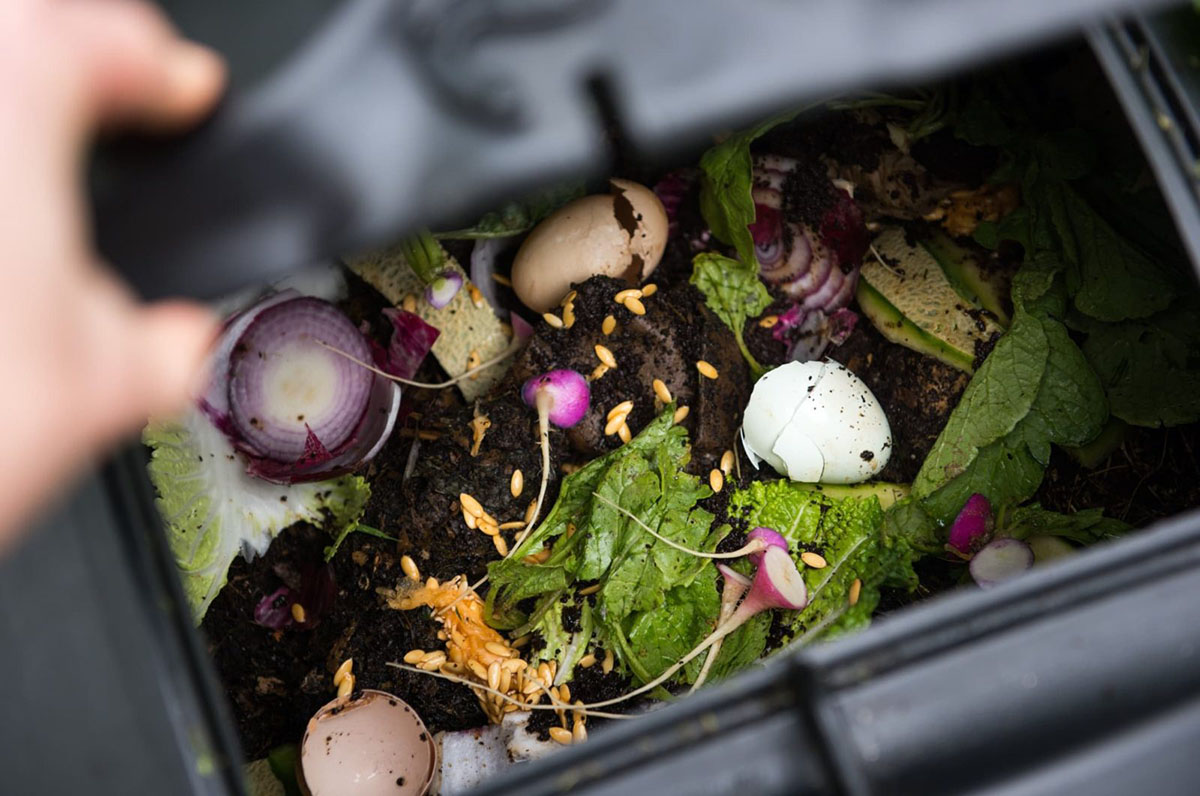

Eco-Friendly Products
What Can You Put In A Compost Bin
Modified: January 14, 2024
Discover the best eco-friendly products for your compost bin. Learn how to create a sustainable and efficient composting system for your home. Reduce waste and improve your garden with these eco-friendly solutions.
(Many of the links in this article redirect to a specific reviewed product. Your purchase of these products through affiliate links helps to generate commission for Storables.com, at no extra cost. Learn more)
Introduction
Welcome to the wonderful world of composting! If you’re looking for a simple yet impactful way to reduce your environmental footprint and enrich your garden, composting is the way to go. By diverting organic waste from landfills and transforming it into nutrient-rich soil amendment, you’re not only contributing to a healthier planet but also reaping the benefits of luscious, thriving plants.
Composting is a natural process that decomposes organic materials, such as kitchen scraps, yard waste, and more, into a dark, crumbly substance known as compost. This “black gold” is a powerhouse of essential nutrients and beneficial microorganisms that can work wonders for your garden, helping plants resist diseases, retain moisture, and thrive in various conditions.
So, what exactly can you put in a compost bin? Let’s delve into the fascinating world of compostable materials and discover how they can work together to create a sustainable, nutrient-rich ecosystem right in your backyard.
Key Takeaways:
- Embrace composting to turn kitchen scraps, yard waste, and more into “black gold” that nourishes your garden and reduces your ecological footprint. It’s a fun and impactful way to care for the planet!
- By composting, you’re not just reducing waste – you’re creating a sustainable, nutrient-rich ecosystem in your backyard. It’s a hands-on way to support biodiversity and foster a deeper connection to the natural world.
Read more: What Not To Put In A Compost Bin
Kitchen Scraps
Kitchen scraps are a treasure trove of compostable materials that can significantly contribute to the success of your compost pile. Fruit and vegetable scraps, coffee grounds, tea bags, eggshells, and even paper towels can find a new purpose in your compost bin. These organic materials are rich in nitrogen, a crucial component for the composting process.
When adding kitchen scraps to your compost bin, it’s essential to strike a balance between “green” (nitrogen-rich) and “brown” (carbon-rich) materials. This balance ensures that the composting process proceeds smoothly, without any unpleasant odors or pest issues.
Some common kitchen scraps suitable for composting include:
- Fruit and vegetable peels and scraps
- Coffee grounds and filters
- Tea bags (remove staples if present)
- Eggshells (crushed for faster decomposition)
- Stale bread and grains
- Expired spices and herbs
- Used paper towels and napkins
By diverting these kitchen scraps from the trash and incorporating them into your compost pile, you’re not only reducing waste but also creating a valuable resource that can nourish your garden for years to come. The next time you’re cooking or enjoying a cup of coffee, think twice before tossing those scraps in the trash – your garden will thank you!
Yard Waste
Yard waste is a bountiful source of organic materials that can breathe life into your compost pile. Instead of bagging up grass clippings, fallen leaves, and garden trimmings for the landfill, consider repurposing them as valuable inputs for your compost bin. Not only does this practice reduce the burden on landfills, but it also enriches your compost with essential carbon, a key component for balanced decomposition.
Here are some common yard waste materials suitable for composting:
- Grass clippings: Rich in nitrogen, grass clippings can heat up your compost pile and accelerate the decomposition process. However, it’s essential to layer them thinly to prevent matting and odor issues.
- Fallen leaves: Shredded leaves add a carbon-rich component to your compost, balancing the nitrogen from kitchen scraps and other green materials. They also help create air pockets within the compost, promoting aeration and preventing compaction.
- Plant trimmings: Pruned branches, spent flowers, and other garden trimmings can be chopped or shredded before being added to the compost bin. This facilitates quicker breakdown and prevents the pile from becoming too dense.
- Weeds (without seeds): Non-seeding weeds can be composted, provided that the compost reaches a sufficient temperature to kill any weed seeds. Avoid composting weeds with mature seeds to prevent them from sprouting in your garden later on.
- Straw and hay: These materials are excellent for adding bulk and improving airflow within the compost pile. They also help absorb excess moisture, maintaining the ideal balance for decomposition.
By incorporating yard waste into your composting routine, you’re harnessing the power of nature to create a valuable resource that can nourish your garden and reduce your reliance on chemical fertilizers. Embracing these organic materials not only benefits your plants but also fosters a more sustainable approach to managing your outdoor spaces.
Paper and Cardboard
When it comes to composting, paper and cardboard can play a pivotal role in maintaining a healthy and productive compost pile. These carbon-rich materials help balance the nitrogen from kitchen scraps and yard waste, ensuring that the decomposition process proceeds smoothly while preventing odors and excessive moisture.
Here are some types of paper and cardboard that can be composted:
- Shredded newspaper and non-glossy paper: Unwanted mail, office paper, and newspaper can be torn or shredded into small pieces before being added to the compost bin. These materials break down relatively quickly and help create air pockets within the pile.
- Cardboard (corrugated or plain): Cardboard boxes, toilet paper rolls, and egg cartons can be torn into smaller pieces or soaked and torn apart to facilitate decomposition. As with paper, it’s best to avoid glossy or colored cardboard, as the inks and dyes may contain toxic substances.
- Paper towels and napkins: Used paper towels and napkins, as long as they haven’t come into contact with harsh chemicals or non-biodegradable substances, can be composted. These materials readily break down in the compost pile, contributing to the overall organic matter.
By diverting paper and cardboard from the waste stream and integrating them into your composting routine, you’re not only reducing the burden on landfills but also harnessing their carbon content to create nutrient-rich compost for your garden. Embracing these often-overlooked materials is a sustainable choice that can yield long-term benefits for both your plants and the environment.
Coffee Grounds
For coffee enthusiasts and environmentally conscious individuals alike, coffee grounds offer a valuable opportunity to enrich the composting process. These nitrogen-rich remnants of your morning brew can breathe new life into your compost pile, contributing essential nutrients and fostering a more sustainable approach to waste management.
Here are some key reasons why coffee grounds are a welcome addition to your compost bin:
- Nitrogen boost: Coffee grounds are a fantastic source of nitrogen, a crucial component for the decomposition process. When incorporated into the compost pile, they help maintain the ideal balance of green (nitrogen-rich) and brown (carbon-rich) materials, promoting efficient breakdown and nutrient retention.
- Acid-neutralizing properties: Contrary to popular belief, used coffee grounds are close to pH neutral, making them suitable for most composting systems. Their presence can help counteract the acidity of certain kitchen scraps and create a more balanced environment for microorganisms to thrive.
- Moisture retention: Coffee grounds have excellent water retention properties, helping to keep the compost pile adequately moist without becoming waterlogged. This can be particularly beneficial in drier climates or during periods of limited rainfall.
- Worm attraction: If you’re vermicomposting (composting with worms), coffee grounds can serve as a delectable treat for your wriggly allies. Worms are drawn to the rich organic matter in coffee grounds, further aiding in the breakdown process and producing nutrient-dense worm castings.
When adding coffee grounds to your compost bin, it’s essential to avoid dumping them in a thick layer, as this can lead to clumping and hinder airflow. Instead, sprinkle them evenly throughout the pile, layering them with other organic materials to maintain a balanced mix.
By repurposing your coffee grounds for composting, you’re not only diverting waste from the landfill but also harnessing their nutrient-rich properties to cultivate a thriving garden. So, the next time you brew a pot of coffee, consider the valuable role that your grounds can play in nurturing the earth and fostering sustainable practices.
Read more: What Can Be Found In A Compost Bin
Eggshells
Don’t let those eggshells go to waste – they’re a valuable addition to your compost bin! These seemingly humble remnants of your culinary adventures can contribute essential nutrients and foster a more sustainable approach to managing organic waste. When incorporated into your compost pile, eggshells offer a range of benefits that can enrich the resulting compost and, by extension, your garden’s vitality.
Here’s why eggshells are a welcome addition to your composting routine:
- Calcium enrichment: Eggshells are primarily composed of calcium carbonate, a mineral that can fortify the soil and benefit calcium-hungry plants. By composting eggshells, you’re creating a natural source of calcium that can promote stronger cell walls in plants and help prevent issues like blossom end rot in tomatoes and peppers.
- pH balance: While eggshells are not an immediate solution for acidic soil, their gradual breakdown in the compost pile can help buffer pH levels over time. This can be particularly beneficial in regions where soil tends to be more acidic, providing a gentle, long-term adjustment to the soil’s acidity.
- Aeration and drainage: When crushed, eggshells can enhance the structure of the compost, promoting better aeration and drainage. Their jagged edges create air pockets and can help prevent the compost from becoming too compact, fostering a healthy environment for beneficial microorganisms.
- Pest deterrent: Some gardeners believe that crushed eggshells can deter certain pests, such as slugs and snails, due to their sharp edges. While the effectiveness of this method is debated, incorporating eggshells into your compost can potentially offer indirect pest control benefits once the compost is integrated into the garden.
Before adding eggshells to your compost bin, it’s advisable to crush them into small pieces to expedite decomposition. This step can also prevent intact eggshells from taking an extended period to break down, ensuring that their beneficial properties are fully utilized in the composting process.
By repurposing your eggshells for composting, you’re not only diverting waste from the landfill but also harnessing their nutrient-rich properties to cultivate a thriving garden. So, the next time you crack an egg for breakfast or baking, consider the valuable role that its shell can play in nurturing the earth and fostering sustainable practices.
Make sure to include a good mix of “green” materials like fruit and vegetable scraps, and “brown” materials like leaves and paper in your compost bin. This will help create a balanced environment for decomposition.
Tea Bags
Tea bags, often overlooked in the realm of composting, hold significant potential for enriching your compost pile and reducing the volume of organic waste destined for landfills. These small, biodegradable pouches, filled with a blend of tea leaves and herbs, can contribute valuable organic matter to your compost, fostering a more sustainable approach to waste management.
Here’s why tea bags are a welcome addition to your composting routine:
- Organic matter: Tea bags, typically made from natural fibers such as paper or plant-based materials, introduce organic matter to the compost pile. As they break down, they contribute to the overall nutrient content of the compost, enhancing its ability to nourish plants and improve soil structure.
- Nutrient infusion: The tea leaves within the bags contain valuable nutrients that, when composted, can enrich the resulting humus. These nutrients, including nitrogen, potassium, and trace minerals, can benefit the microbial ecosystem in the compost and, ultimately, the health of your garden.
- Soil conditioning: As tea bags decompose, they help improve soil texture and moisture retention. The organic matter released during decomposition enhances soil structure, promoting better aeration and water absorption, which are essential for healthy plant growth.
- Microbial activity: The introduction of tea bags to the compost pile can stimulate microbial activity, fostering the breakdown of other organic materials and accelerating the composting process. This enhanced microbial diversity contributes to the overall health and fertility of the compost.
Before adding tea bags to your compost bin, it’s crucial to ensure that the bags are indeed biodegradable and free from synthetic materials. While many commercially available tea bags are compostable, some may contain non-biodegradable components, such as plastic seals or synthetic fibers. Opt for tea bags specifically labeled as compostable or made from natural, biodegradable materials to avoid introducing non-compostable elements to your pile.
By repurposing your used tea bags for composting, you’re not only diverting waste from the landfill but also harnessing their organic matter and nutrient content to cultivate a thriving garden. So, the next time you brew a comforting cup of tea, consider the valuable role that your used tea bags can play in nurturing the earth and fostering sustainable practices.
Grass Clippings
Grass clippings, often viewed as a byproduct of lawn maintenance, possess significant potential for enhancing the composting process and contributing to the health of your garden. Instead of discarding this valuable organic material, consider repurposing it as a nutrient-rich input for your compost pile. Grass clippings not only divert organic waste from landfills but also infuse your compost with essential nitrogen and moisture-retaining properties.
Here are some key reasons to incorporate grass clippings into your composting routine:
- Nitrogen infusion: Freshly cut grass is a potent source of nitrogen, a vital component for efficient composting. When added to the compost pile, grass clippings can help balance the carbon-rich materials, such as leaves and paper, by introducing the necessary nitrogen for microbial activity and decomposition.
- Moisture retention: Grass clippings have excellent moisture-retaining properties, which can benefit the overall moisture content of the compost pile. This can be particularly advantageous in dry climates or during periods of limited rainfall, helping to maintain the ideal moisture level for decomposition.
- Accelerated decomposition: Due to their high nitrogen content, grass clippings can heat up the compost pile, accelerating the breakdown of other organic materials. This can lead to faster composting times and the production of nutrient-rich humus for your garden.
- Enhanced soil structure: When composted, grass clippings contribute to improved soil structure, promoting better aeration and water retention. Their decomposition releases organic matter that enriches the soil, fostering a healthy environment for plant roots and beneficial soil organisms.
When adding grass clippings to your compost bin, it’s crucial to layer them thinly to prevent matting and promote airflow. Excessive layers of grass clippings can compact and create an anaerobic environment, leading to unpleasant odors and hindered decomposition. Mixing the clippings with other brown materials, such as leaves or shredded paper, can help maintain a balanced compost pile.
By repurposing your grass clippings for composting, you’re not only diverting waste from the landfill but also harnessing their nitrogen-rich properties to cultivate a thriving garden. So, the next time you mow your lawn, consider the valuable role that your grass clippings can play in nurturing the earth and fostering sustainable practices.
Manure
Manure, often associated with agricultural settings, holds immense value as a potent organic amendment for composting and soil enrichment. Whether sourced from livestock such as cows, horses, or poultry, well-aged manure can significantly contribute to the vitality of your compost pile and, by extension, the health of your garden. When integrated into the composting process, manure introduces essential nutrients, beneficial microorganisms, and improved soil structure, fostering a sustainable and productive ecosystem.
Here are some key reasons to consider incorporating manure into your composting routine:
- Nutrient enrichment: Manure is rich in essential nutrients such as nitrogen, phosphorus, and potassium, which are vital for plant growth and soil fertility. When composted, these nutrients become readily available to plants, promoting robust growth and improved yields.
- Microbial diversity: Well-aged manure contains a diverse array of beneficial microorganisms that contribute to the breakdown of organic matter and the overall health of the compost pile. These microorganisms enhance the composting process, leading to the production of nutrient-rich humus that can nourish your garden’s plants.
- Soil conditioning: The incorporation of manure into compost helps improve soil structure, enhancing its ability to retain moisture and nutrients. This leads to better aeration and drainage, creating an optimal environment for plant roots and beneficial soil organisms.
- Carbon balance: While manure is rich in nitrogen, it also contributes to the carbon content of the compost pile when combined with other materials such as straw or bedding. This balance of carbon and nitrogen promotes efficient decomposition and prevents the pile from becoming too nitrogen-rich.
When adding manure to your compost pile, it’s crucial to use well-aged or composted manure to avoid potential issues such as excessive ammonia release or the presence of harmful pathogens. Properly aged manure has undergone a decomposition process that eliminates potential risks while retaining its beneficial properties for the compost pile.
By repurposing well-aged manure for composting, you’re not only harnessing its nutrient-rich properties but also contributing to a more sustainable and productive garden. So, whether sourced from a local farm or your own livestock, consider the valuable role that manure can play in nurturing the earth and fostering sustainable practices.
Read more: How Do You Start A Compost Bin
Wood Ash
Wood ash, often overlooked as a potential composting material, holds valuable properties that can benefit your garden and contribute to the effectiveness of your compost pile. The ash resulting from the combustion of untreated wood can serve as a valuable source of essential minerals and pH-balancing elements, enriching the compost and promoting a healthier, more vibrant garden ecosystem.
Here are some key reasons to consider incorporating wood ash into your composting routine:
- Mineral content: Wood ash contains essential minerals such as calcium, potassium, and magnesium, which can enrich the compost and, subsequently, the soil. These minerals contribute to improved soil fertility and can benefit a wide range of plants, promoting robust growth and overall health.
- pH adjustment: Wood ash has alkaline properties that can help balance the pH of acidic soils when incorporated into the compost. This can be particularly beneficial for acidic-loving plants and areas where soil acidity is a concern, providing a natural and sustainable method for pH adjustment.
- Odor reduction: When added in moderation, wood ash can help reduce odors in the compost pile, especially from nitrogen-rich materials such as kitchen scraps or manure. Its alkaline nature can aid in neutralizing odors and promoting a more balanced microbial environment.
- Pest deterrent: Some gardeners believe that wood ash can act as a deterrent for certain garden pests, such as slugs and snails, due to its abrasive texture. While the effectiveness of this method is debated, the incorporation of wood ash may offer indirect pest control benefits once the compost is integrated into the garden.
When adding wood ash to your compost pile, it’s essential to do so in moderation, as excessive amounts can elevate the pH to levels that may be detrimental to plant growth. Additionally, it’s advisable to avoid using ash from sources such as charcoal briquettes or treated wood, as these may contain harmful substances that are unsuitable for composting.
By repurposing wood ash for composting, you’re not only harnessing its valuable mineral content and pH-balancing properties but also contributing to a more sustainable and vibrant garden. So, the next time you clean out your fireplace or wood stove, consider the valuable role that wood ash can play in nurturing the earth and fostering sustainable practices.
Conclusion
Composting is a transformative journey that empowers individuals to embrace sustainable practices, reduce waste, and cultivate thriving, resilient gardens. Through the thoughtful integration of diverse organic materials, from kitchen scraps and yard waste to manure and wood ash, composting represents a harmonious collaboration with nature, yielding a bounty of benefits for both the environment and the garden.
By diverting organic waste from landfills and harnessing its potential through composting, individuals can actively participate in the circular economy, closing the loop on nutrient cycles and minimizing their ecological footprint. The resulting compost, often referred to as “black gold,” represents a valuable resource that nourishes the earth, supports biodiversity, and fosters a more sustainable approach to gardening and agriculture.
Furthermore, composting serves as a tangible manifestation of the interconnectedness of natural processes, demonstrating how the breakdown of organic matter can give rise to new life and vitality. As kitchen scraps, yard waste, and other compostable materials undergo decomposition, they contribute to the creation of nutrient-rich humus, teeming with beneficial microorganisms and essential nutrients that fortify the soil and support plant growth.
Embracing composting as a way of life represents a commitment to stewardship and regeneration, embodying the ethos of sustainability and responsible resource management. It empowers individuals to become active participants in the preservation of our planet, fostering a deeper connection to the natural world and the cycles that sustain life.
As we continue to explore and expand our understanding of compostable materials, we uncover new opportunities to contribute to a healthier, more vibrant planet. Whether through the repurposing of kitchen scraps, the integration of yard waste, or the mindful utilization of manure and wood ash, each compostable material represents a valuable contribution to a more sustainable future.
Ultimately, composting transcends the act of waste reduction; it embodies a profound shift in perspective, inviting us to recognize the inherent value in organic matter and the potential for regeneration that lies within it. As we embark on this journey, we sow the seeds of resilience, sustainability, and abundance, nurturing a legacy that enriches the earth and sustains future generations.
Frequently Asked Questions about What Can You Put In A Compost Bin
Was this page helpful?
At Storables.com, we guarantee accurate and reliable information. Our content, validated by Expert Board Contributors, is crafted following stringent Editorial Policies. We're committed to providing you with well-researched, expert-backed insights for all your informational needs.
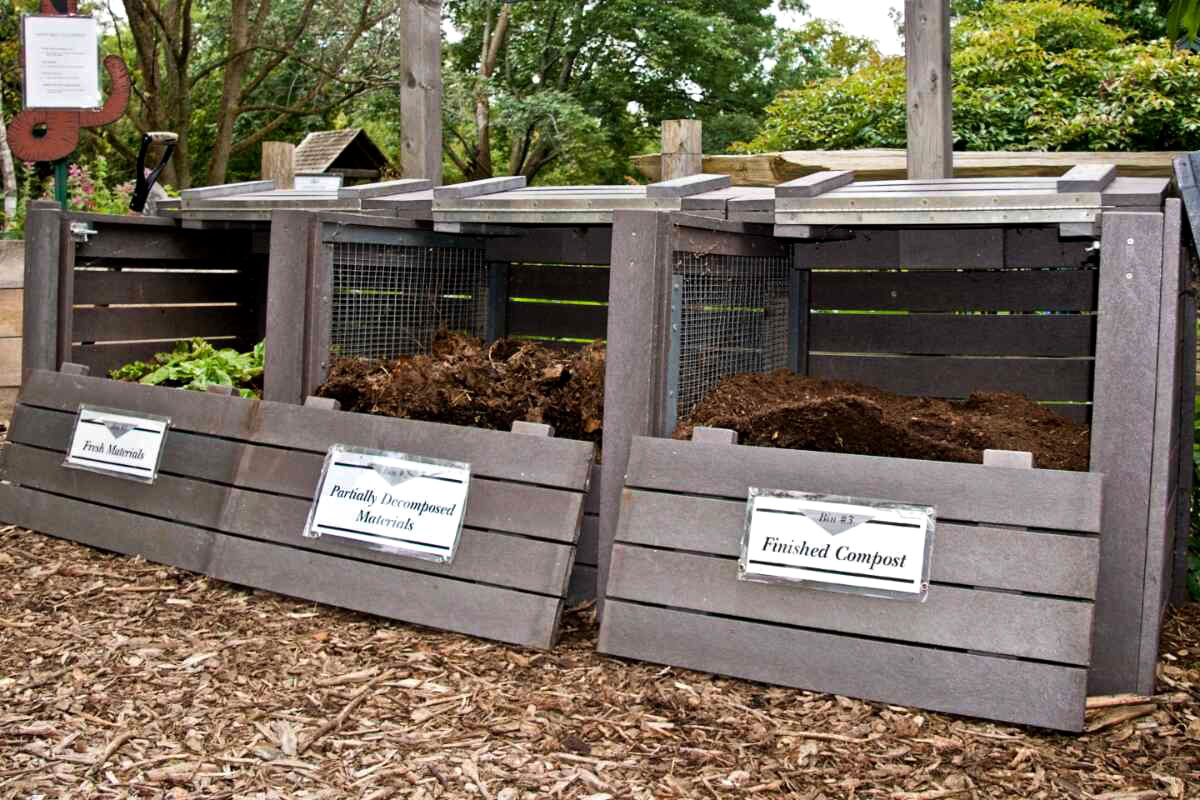
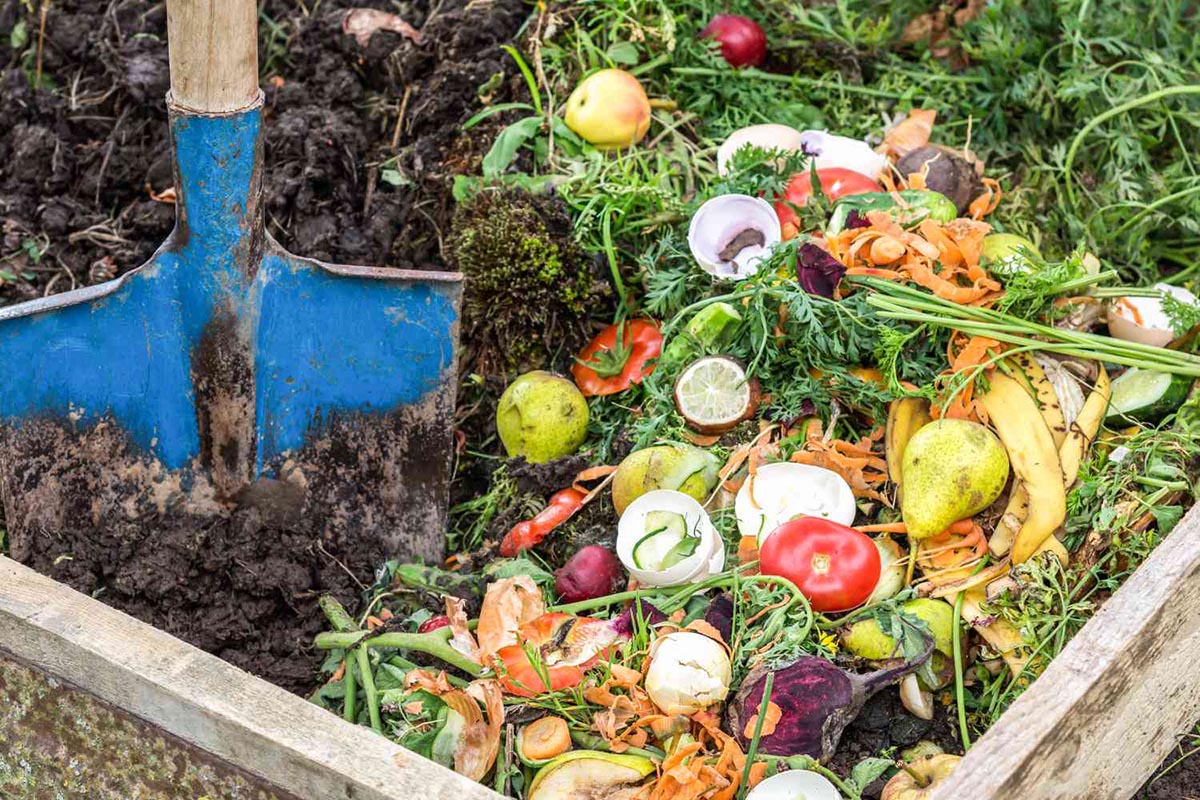
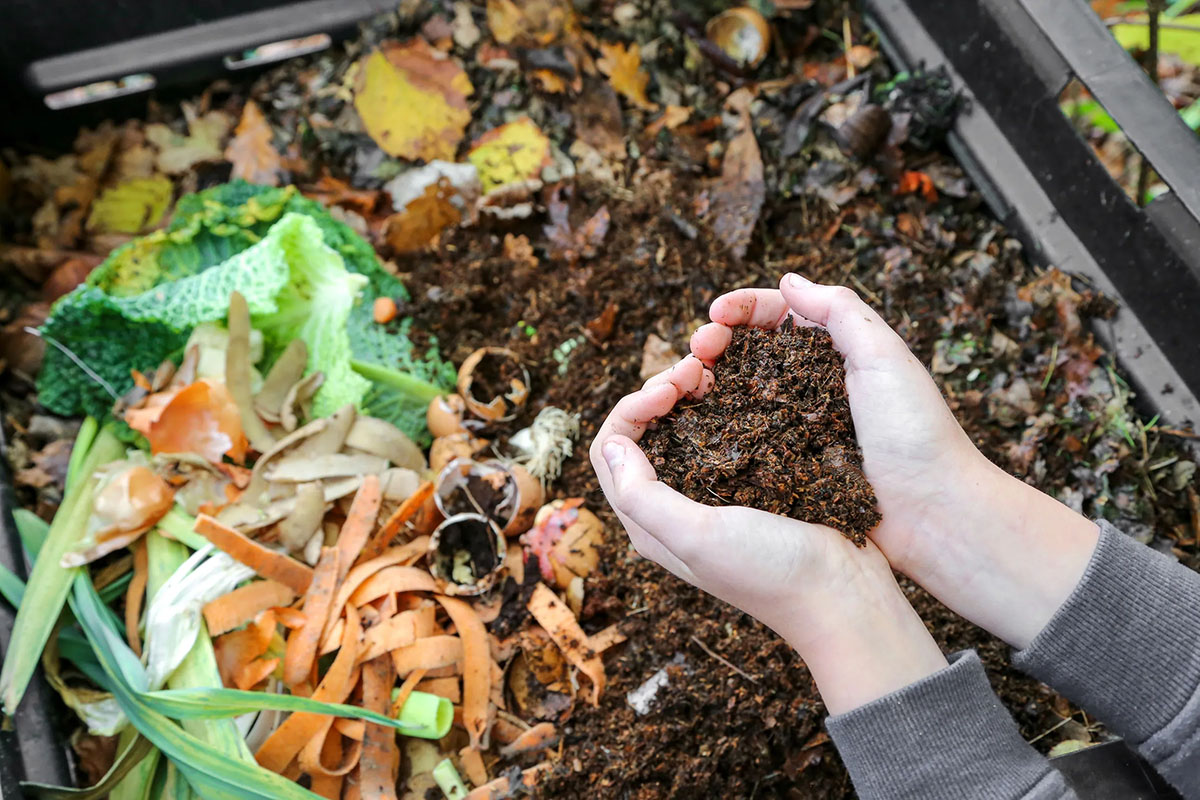
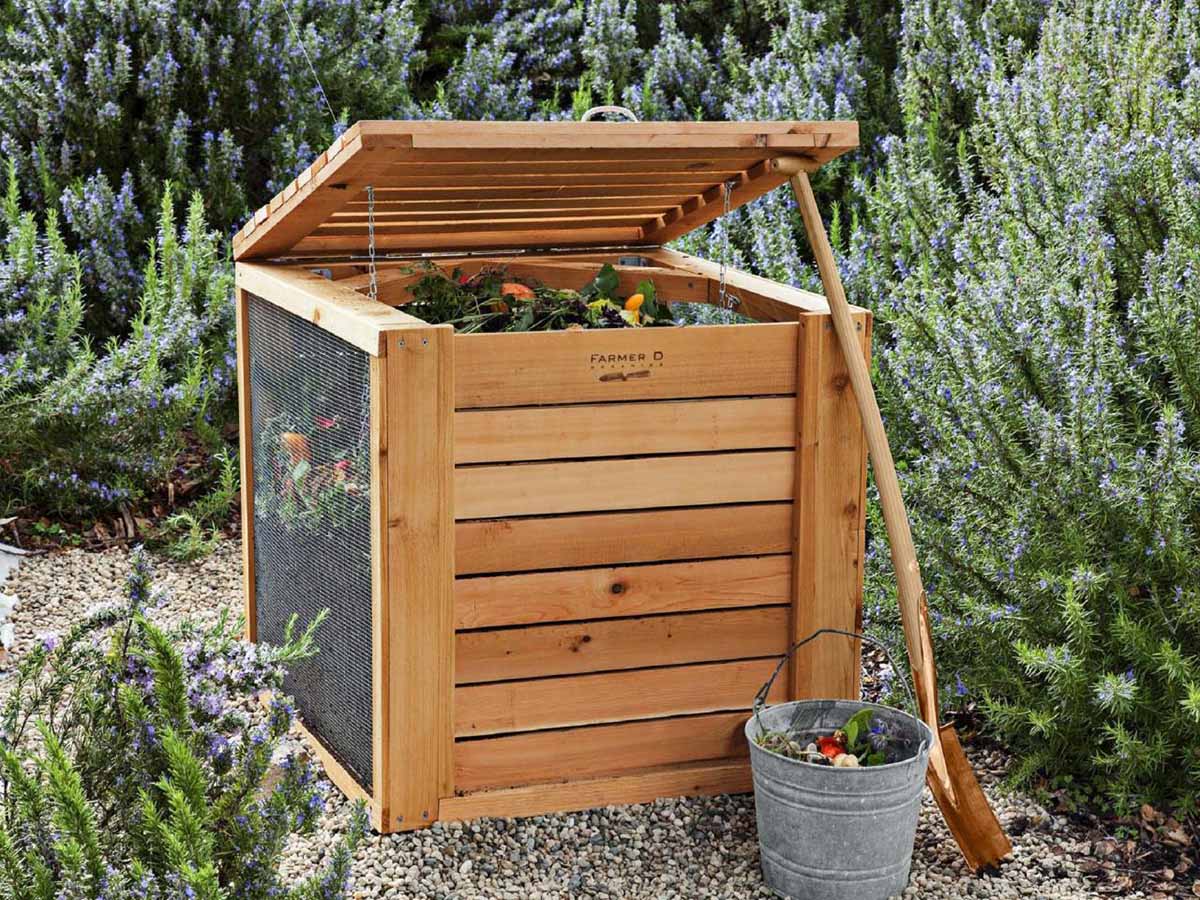
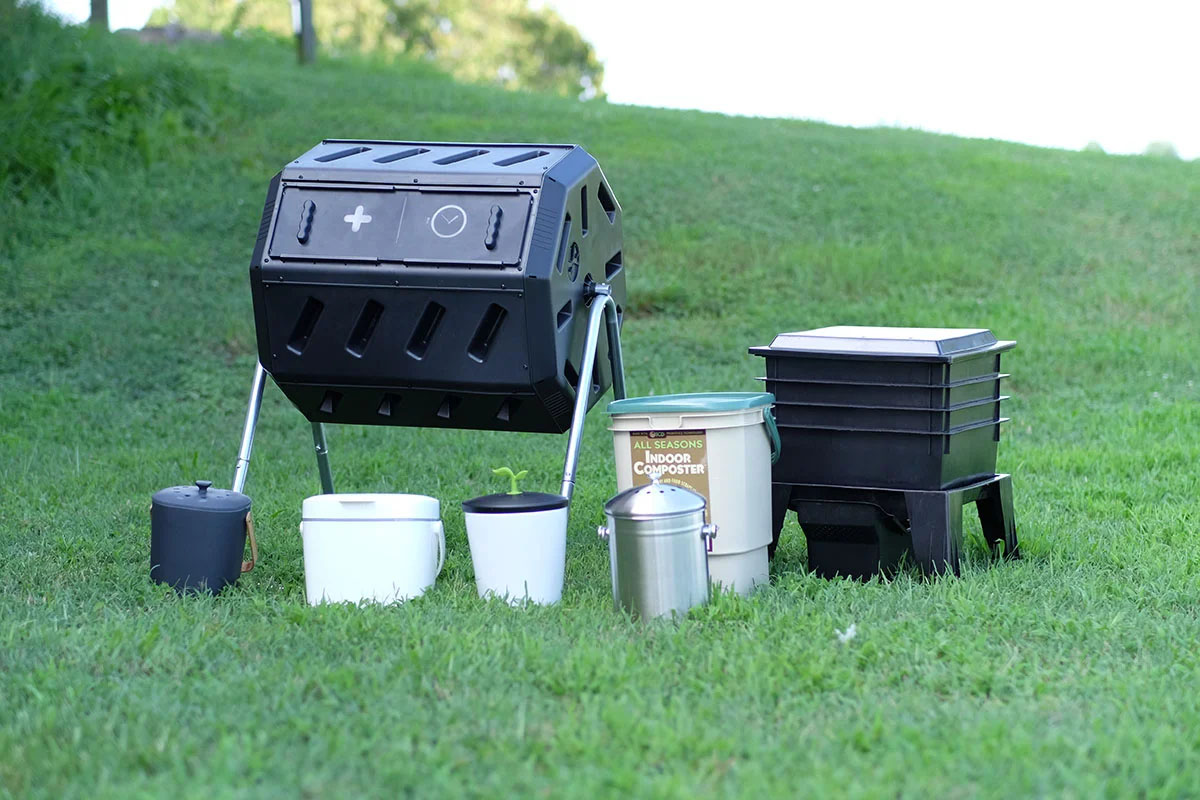
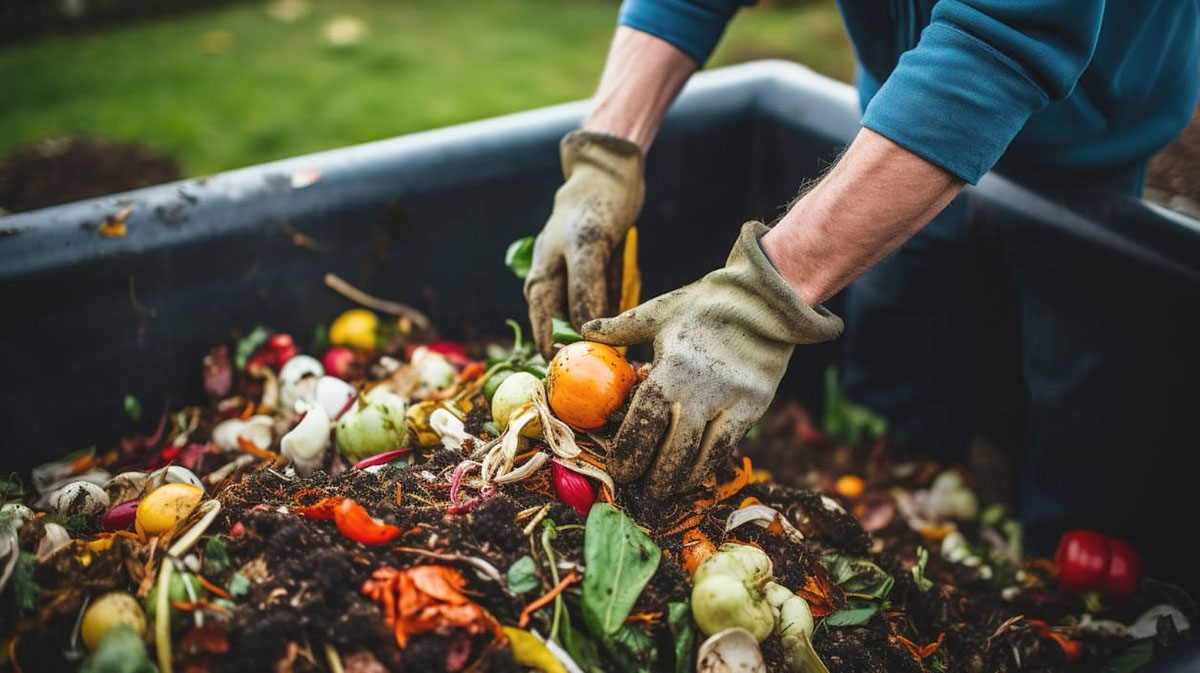
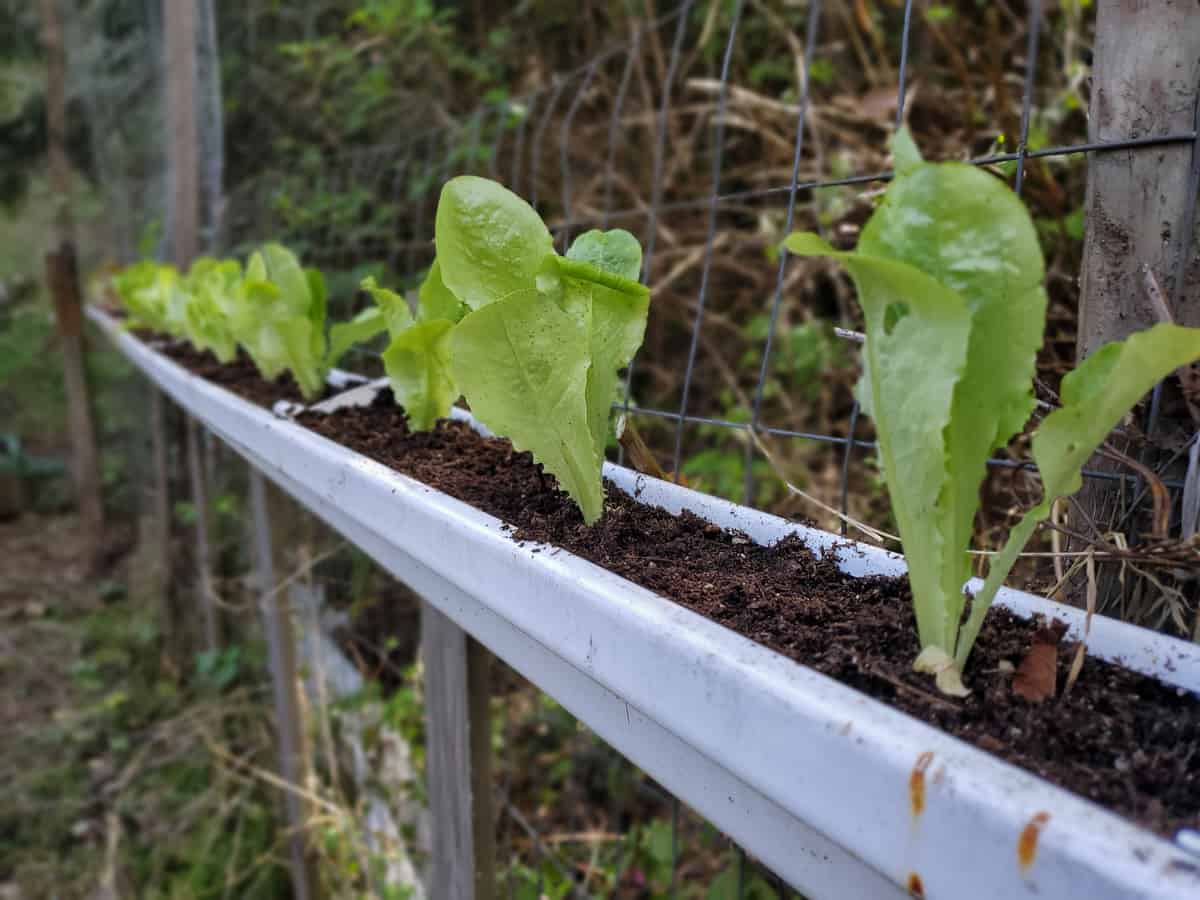
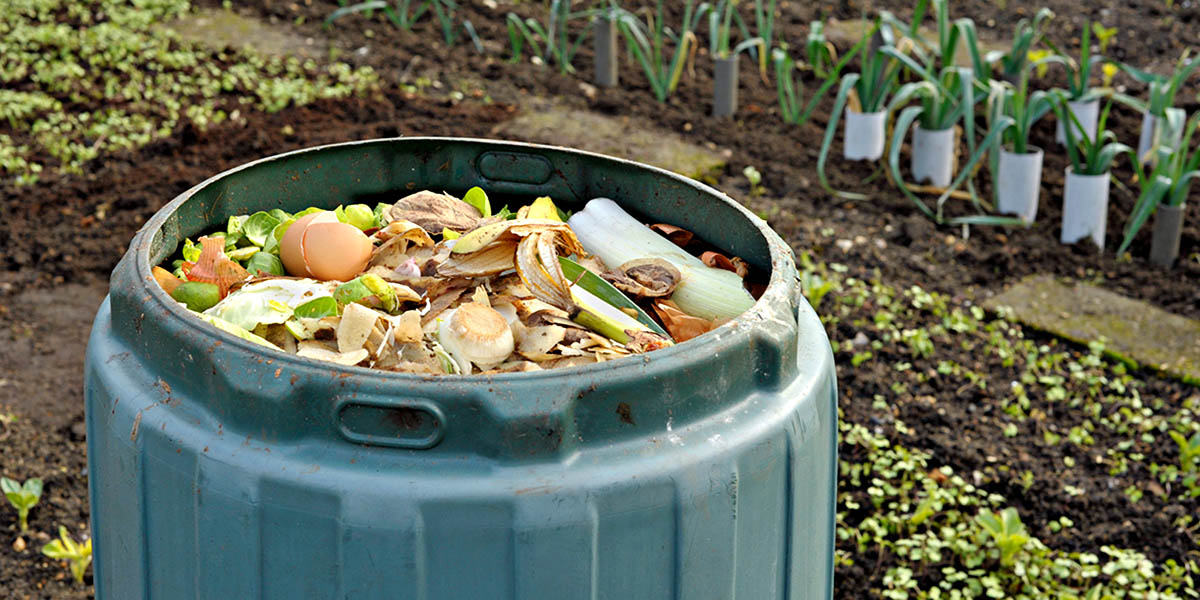
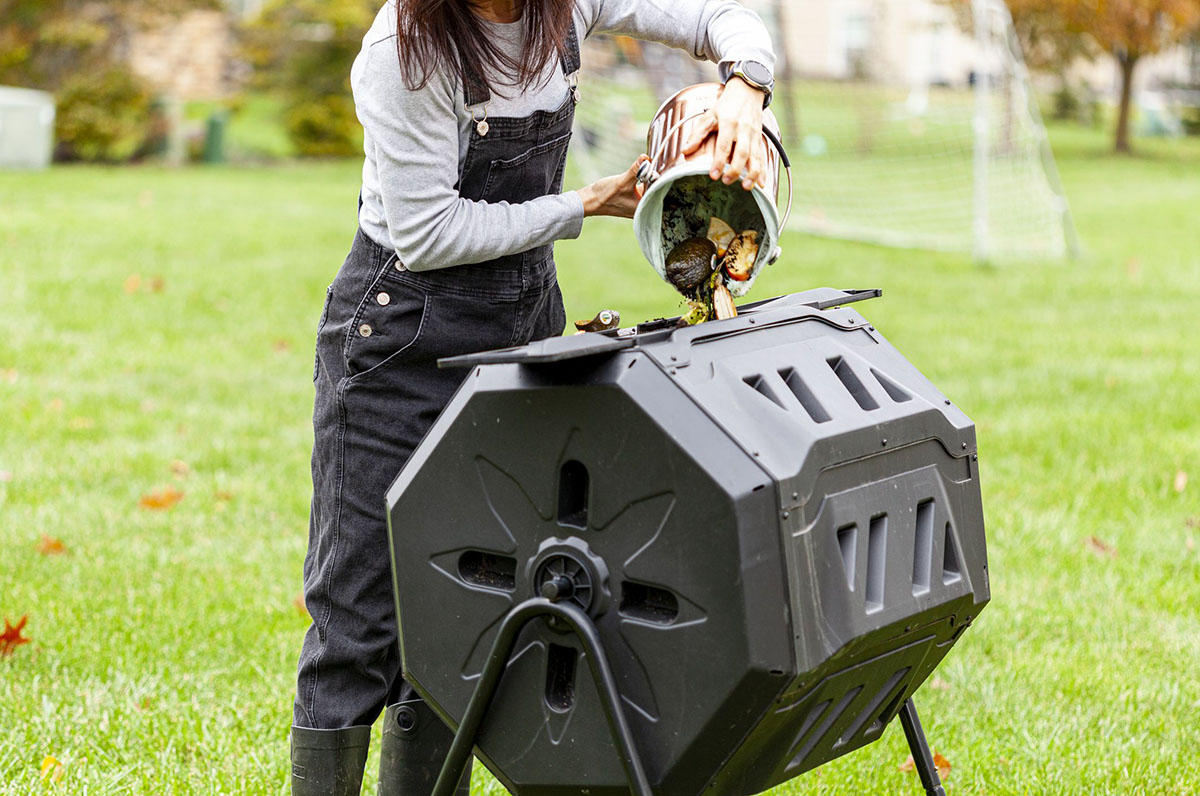

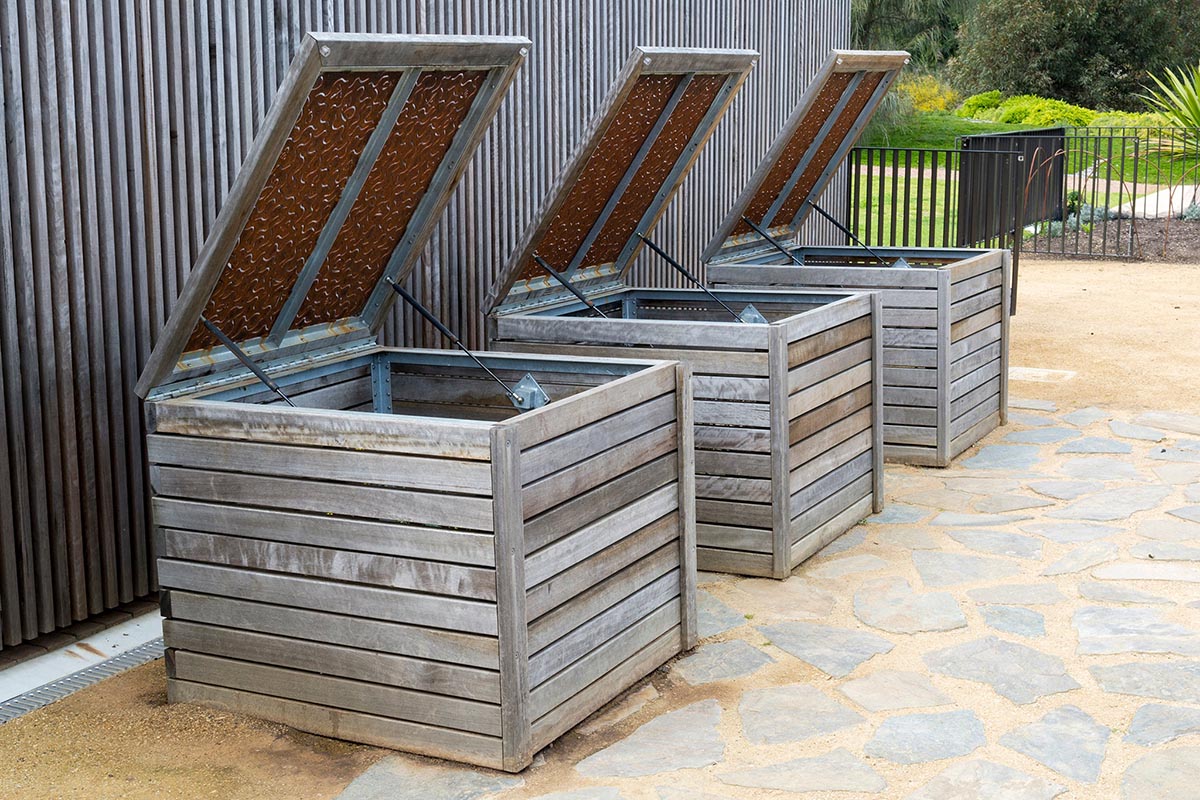
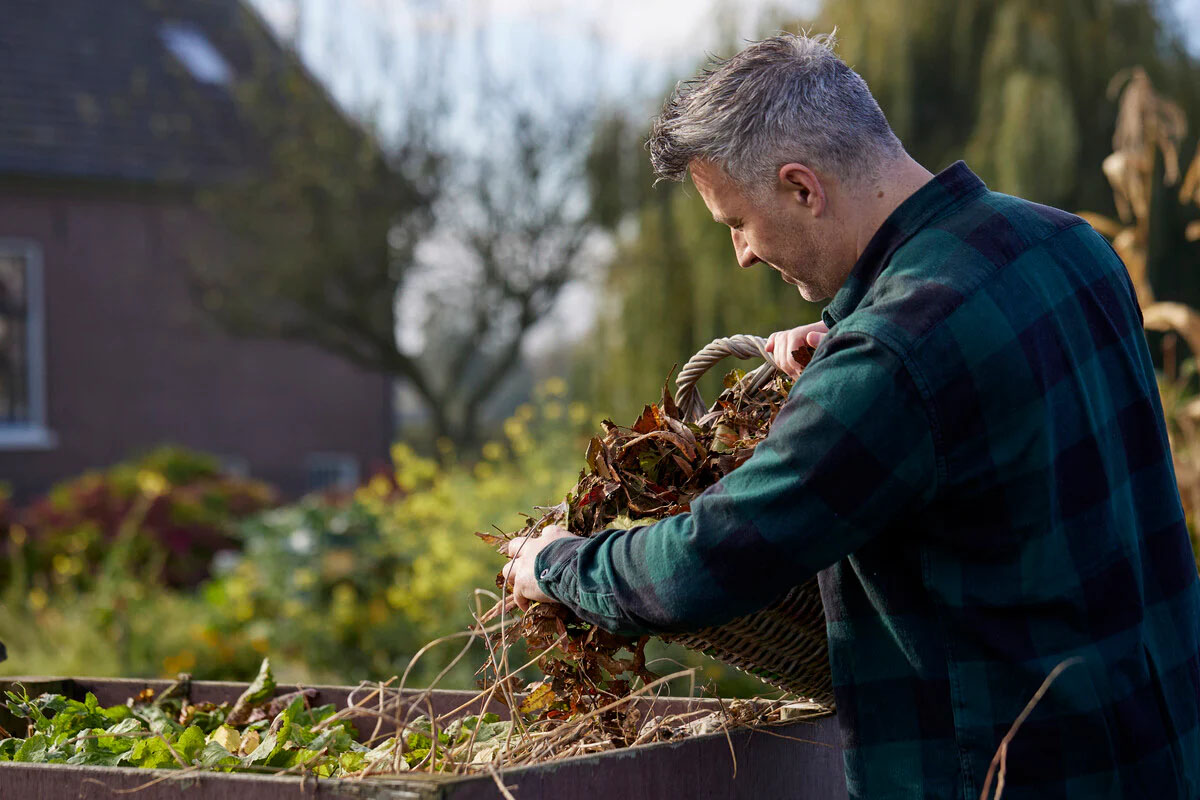
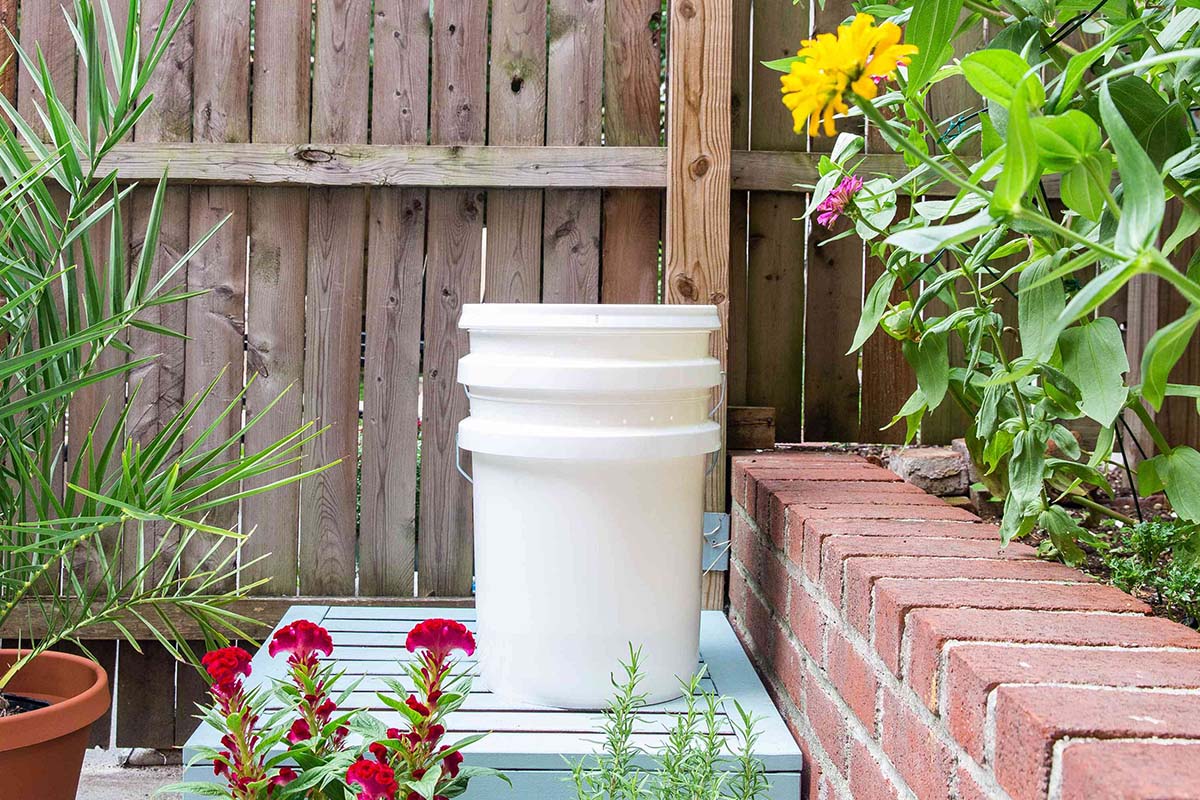

0 thoughts on “What Can You Put In A Compost Bin”